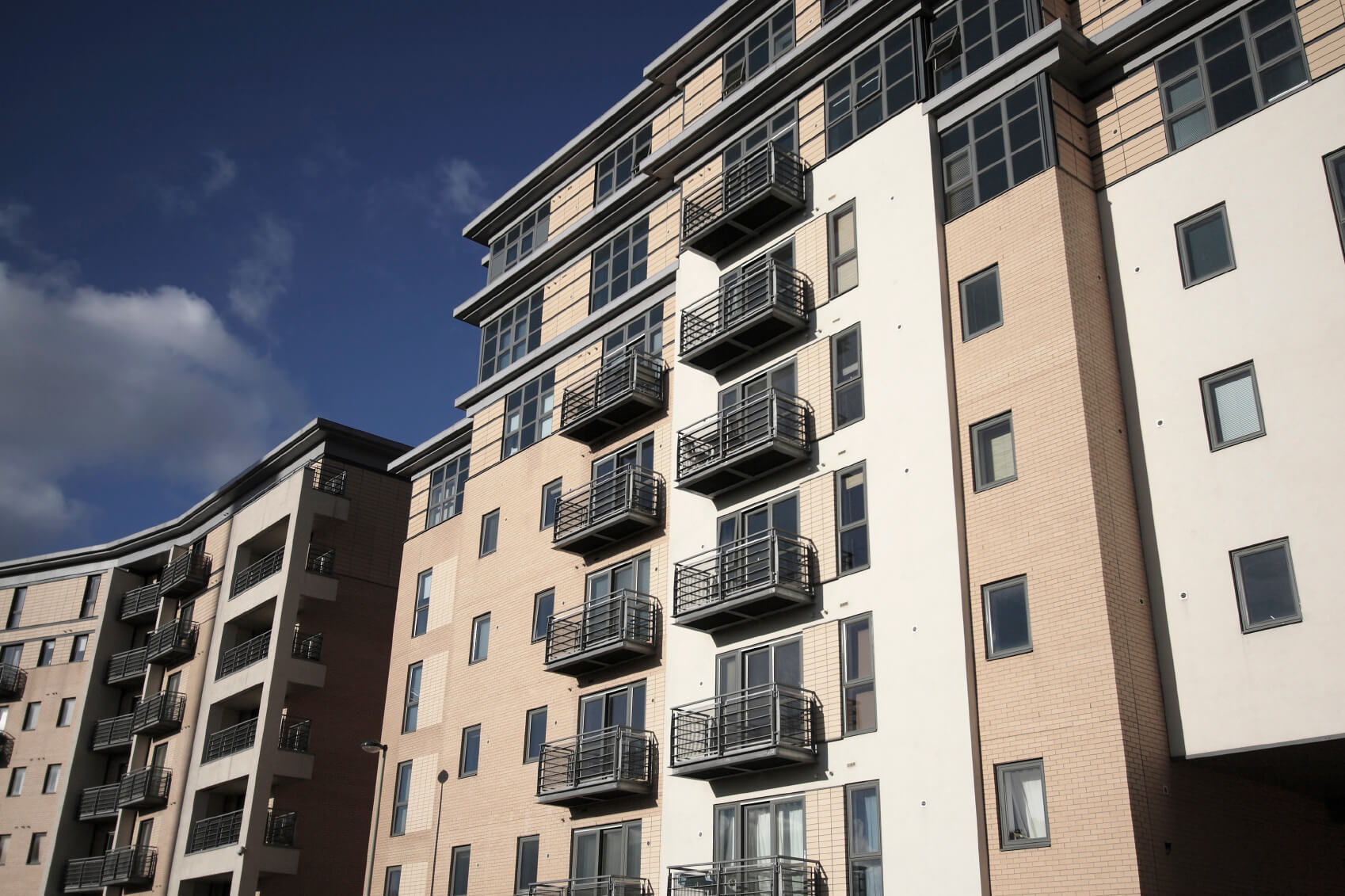As inflation reaches a 40-year high, many Registered Providers of Social Housing (RPs) have a choice to make: do they increase shared ownership rents in line with the levels permitted under tenants’ leases, thereby putting more financial squeeze on tenants, or do they resist imposing such a rent increase, resulting in additional cost pressures for their own business?
The shared ownership model, where tenants own a share of their property and rent the remaining share from their RP landlord, accounts for approximately 200,000 affordable homes across the country.
Most shared ownership leases allow rents to be increased annually by RPI + 0.5% so, with August RPI standing at 12.3% and all signs pointing to a continued rise over the coming months, a rent increase of over 15% is a theoretical possibility.
Whereas rent increases for most other affordable housing tenures are almost certain to be subject to a government-mandated cap (pending the outcome of the consultation), shared ownership rent increases fall outside of the scope of government intervention so it will be left to RP landlords to make their own choice about how much to increase shared ownership rents.
Considerations for RPs
RPs should carefully consider the implications of their decision, taking into account RPs’ reason for being and its impact on the provision of housing to those who otherwise cannot afford it.
Unlike other affordable housing tenures, shared ownership tenants are responsible for paying 100% of service charge and many also have a mortgage over their purchased share of the property. There is increasing concern that, when combined with increased mortgage payments, higher service charges and rising living and energy costs, a significant rent increase might be an expense too far and will lead to some tenants not being able to afford to stay in the property. This is compounded by a slowdown in the property market, labouring under high mortgage rates, making it a challenging time for tenants to sell and the consequential impact on values.
RP landlords also stand to lose if tenants cannot afford to stay in their properties as forfeiting a lease for non-payment of rent will result in the RP landlord having to re-sell the property under the same challenging market conditions. Where the property is subject to a mortgage that the tenant cannot redeem, it will be the lender who steps in to sell the whole property (as opposed to only the tenant’s share) on the open market, deducting the money they are owed from the sale proceeds and then remitting the balance to the RP. The RP therefore carries the risk of any reduction in the market value of the property as well as standing to lose an affordable housing unit from the sector.
It is suggested that RPs’ decision on rent increases will therefore, to a large extent, be driven by ensuring tenants can afford to stay in their properties, particularly in the context of a market where shared ownership sales are already declining, partly as a result of competition from Help to Buy.
However, there is another side of the coin.
RPs are under pressure to meet a range of commitments including those relating to net zero, energy efficiency, decarbonisation, fire safety, decent homes standard and building safety as well as to hit ambitious development targets. The concern is that foregoing a substantial amount of rental stream means RPs losing out on essential income to meet their medium to long term commitments, ultimately resulting in less and lower quality housing stock for the sector in future.
RPs must also consider whether a reduced income might mean they are less likely to be able to meet green targets which, in turn, could impact their appeal to investors especially if rating agencies downgrade them. There is also legitimate concern about how a decision to not collect maximum rent might impact loan security valuations driven by net rental receipts.
RPs therefore need to find the ‘sweet spot’ of increasing rents by an amount which balances all of these considerations, bearing in mind that this year’s decision may set a trend for future years. The results of the government rent cap consultation will also provide food for thought, with one option for RPs being to apply the same limit to its shared ownership rent increases in order to provide consistency across different tenures.
Decision Time
The starting point for RPs is to assess their specific stock and tenant profile and risk exposure and undertake robust stress testing and financial modelling to fully understand the impact that different courses of action would have on its own finances, tenants and other stakeholders.
There is much for boards to consider and, ultimately, the answer to this question is not ‘one size fits all’ and requires RPs to weigh up which approach is most consistent with its objects and/or necessary or expedient to achieving them in light of the many conflicting demands on income and expenditure.
It is an important decision for RPs to consider carefully.
This article has appeared in Housing Today.



